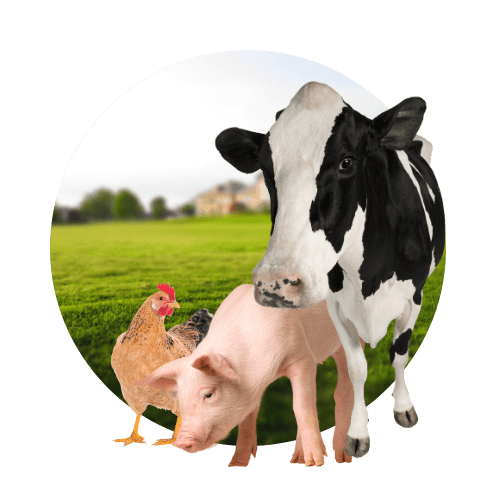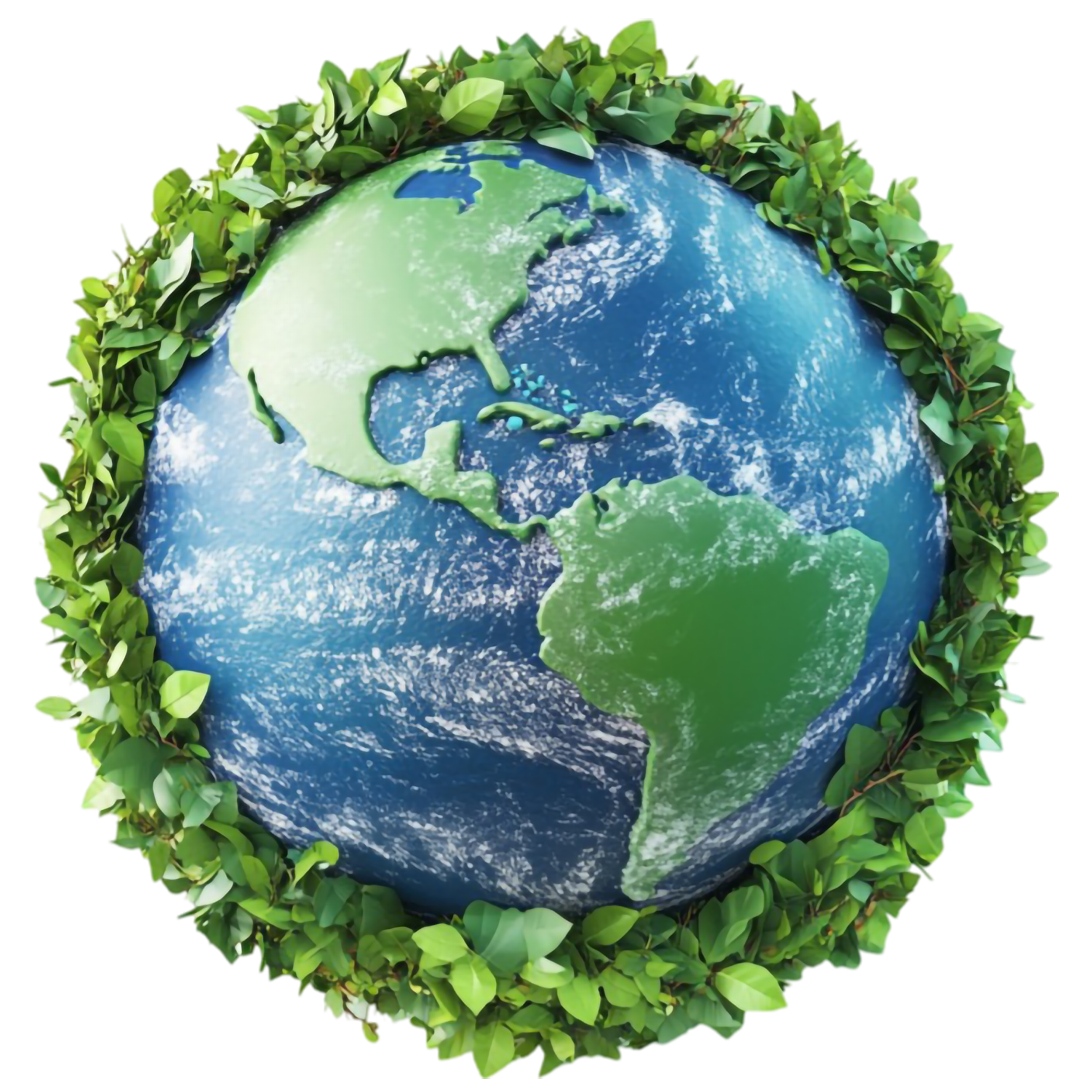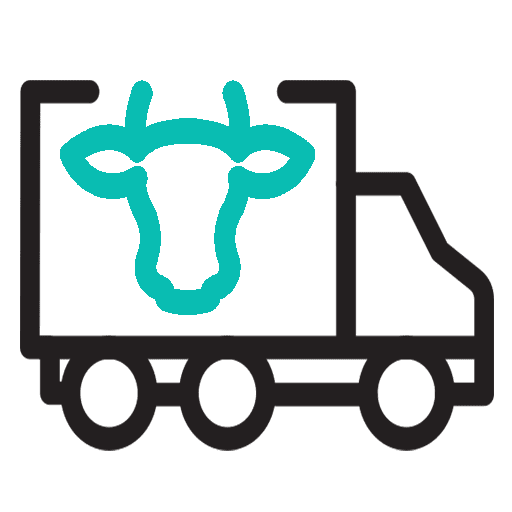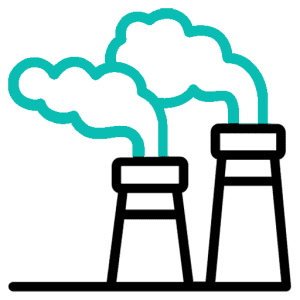Imagine you’re sitting down for a delicious meal, savoring every bite, when suddenly you get hit with a sobering thought: What if I told you that the very food you’re enjoying might be contributing to the destruction of our planet? It’s a tough pill to swallow, but the role of animal agriculture in global warming is often overlooked. In this post, we will dive into the undeniable impact that animal agriculture has on climate change and explore sustainable solutions for a greener future.
Understanding the Contributions of Animal Agriculture to Global Warming
When it comes to greenhouse gas emissions, animal agriculture is a major culprit. Livestock, particularly cattle, produce significant amounts of methane and nitrous oxide. In fact, livestock-generated methane has a lifespan 28 times longer than carbon dioxide (CO2) and is 25 times more efficient at trapping heat in the atmosphere. This alone makes them a major contributor to global warming.
But it doesn’t stop there. Animal agriculture is also directly linked to deforestation. Vast areas of forests are cleared to make way for livestock feed production, such as soybeans or corn. This land use change releases large amounts of CO2 into the atmosphere and destroys crucial carbon sinks, exacerbating the greenhouse effect. Additionally, the intensive nature of livestock farming contributes to soil degradation, reducing its ability to sequester carbon effectively.
The energy and resource-intensive practices of animal agriculture also take a toll on the environment. Excessive water usage, coupled with the pollution from waste runoff, poses a severe threat to water bodies and ecosystems. Moreover, the transportation of livestock, feed, and meat products consumes vast amounts of fossil fuels, further contributing to carbon emissions.
















































